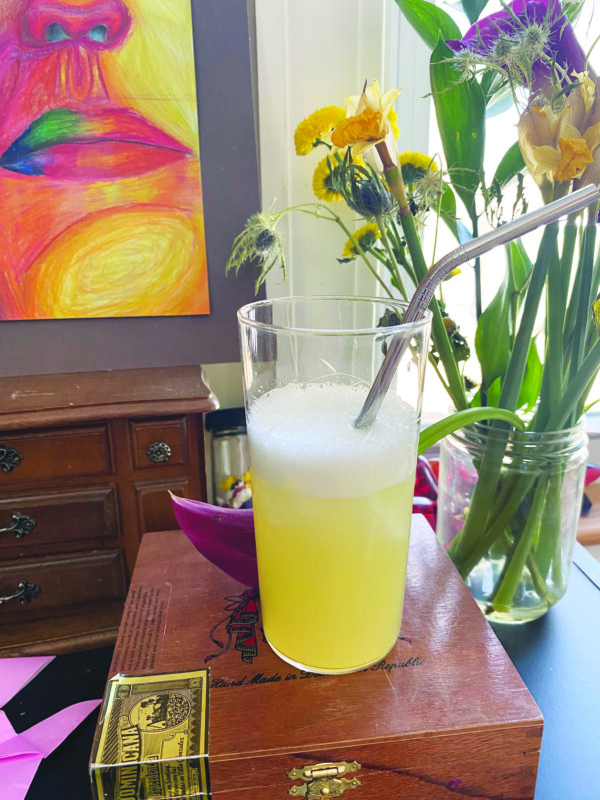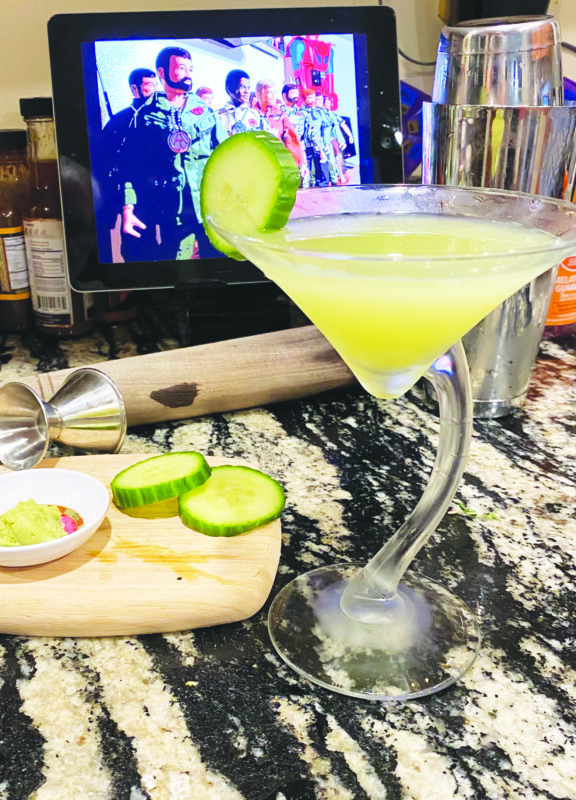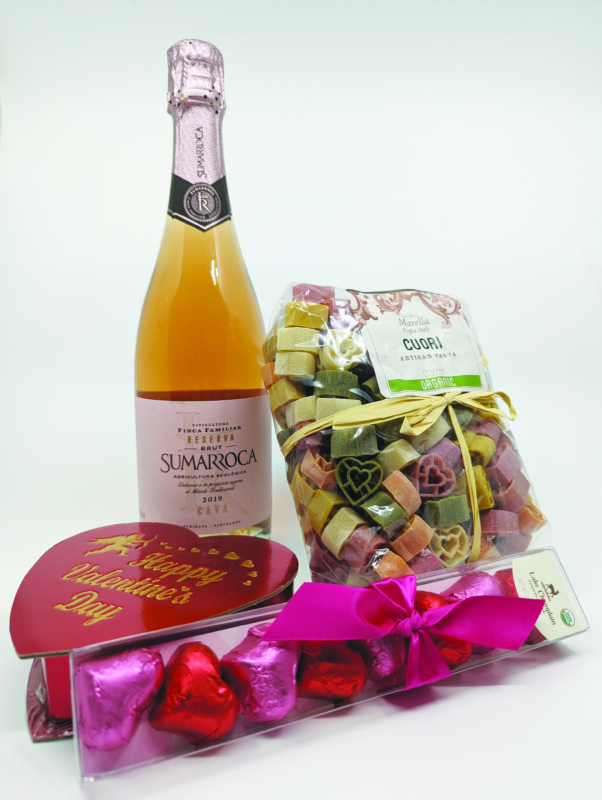I opened the door to the back seat of my car and went to put my briefcase in but saw something out of the corner of my eye and stopped short.
A couple of times a week, when I stop at the convenience store to pick up some iced coffee, I will treat myself to one of the individually wrapped chocolate-covered graham crackers on the counter by the cash register. For reasons that remain obscure to me, I must have bought one, then tossed it into the back of my car the day before.
I picked it up and examined it. Although still hermetically sealed, it had clearly had a rough 24 hours. As it sat in the hot car throughout the previous day, the chocolate had melted. It had been cold overnight, though, and it had firmed back up. Not wanting to waste a gift from Past Me, I ate it before getting into the front seat.
“Look at you!” I said to it, as I unwrapped it. “You had a rough day, but you pulled yourself together, and here you are, back on the job. Thank you. I appreciate your work ethic.”
I was suddenly struck by a rare moment of perspective and clarity. I was standing in my driveway, actively working to validate the feelings of a graham cracker. I had clearly turned some sort of emotional corner.
So now, as I decompress from a week where I, too, feel as if I’ve been melted and refrozen and tossed aside, I would very much like a nice drink. Clearly though, my judgment is somewhat suspect at the moment. It is time to fall back on a classic, one that has weathered decades of this sort of week. Maybe something fizzy.
Sloe gin fizz
- 2 ounces sloe gin
- 1 ounce fresh squeezed lemon juice
- ¾ ounce simple syrup
- extremely fizzy seltzer – I like Topo Chico
Combine the sloe gin, lemon juice and simple syrup with ice in a cocktail shaker. Shake thoroughly.
Strain into an ice-filled Collins glass.
Top with seltzer, and stir. If you have a bar spoon — one of the ones with a long, twisty stem — this is a good time to use it.
Garnish with one or two cocktail cherries. If you decide to use one, it will be a special occasion when you eat it at the end of the drink. I like to use two, though. I feel like this whole experience might be a bit traumatic to a cherry, and I like to give it some company.
Sloe gin is a sweet, low-alcohol liqueur. It is not too sweet, though, and could use a little help from the simple syrup to stand up to the lemon juice. The lemon juice, in turn, balances the sweetness and provides brightness to the endeavor. The seltzer dials back the intensity of the other ingredients and provides a spring-like fizziness. This is a delicately sweet, low-octane treat to start your weekend off, giving yourself at least as much validation as you would give to a graham cracker.
Featured photo: Sloe gin fizz. Photo by John Fladd.






